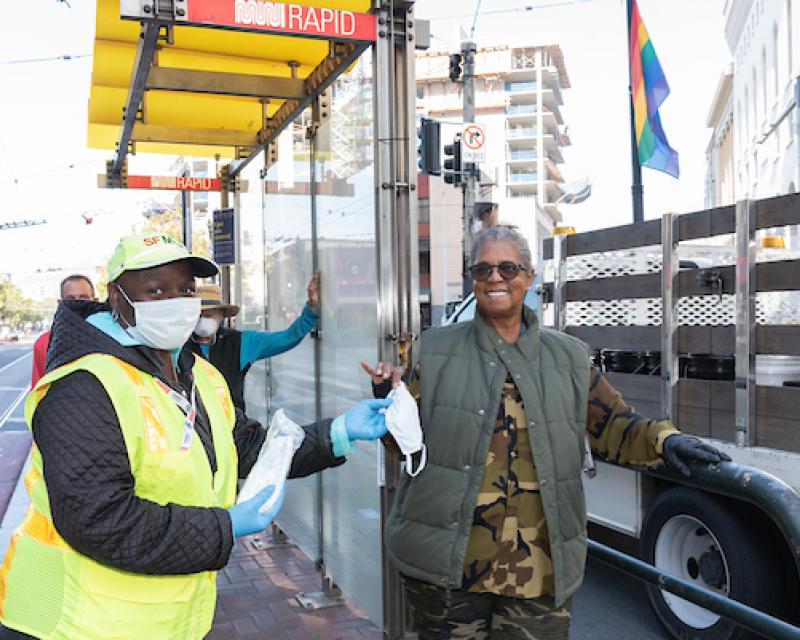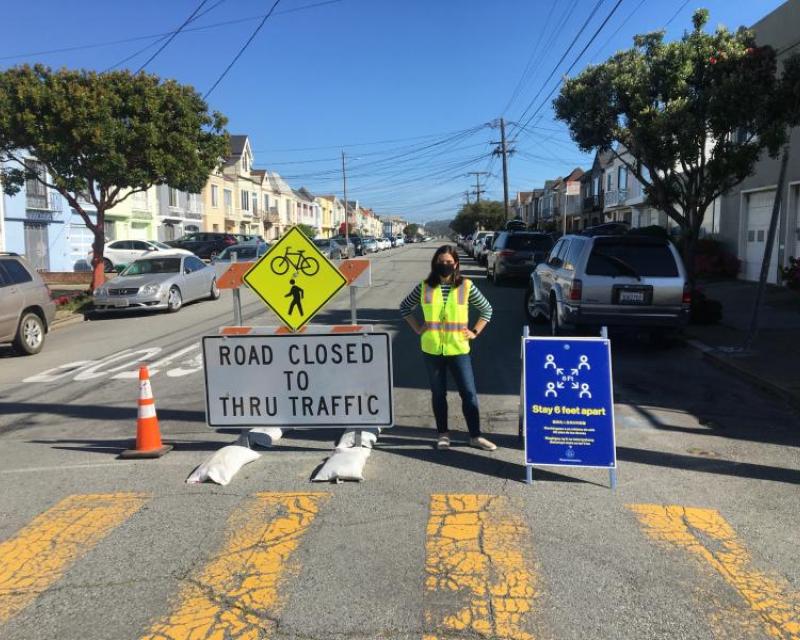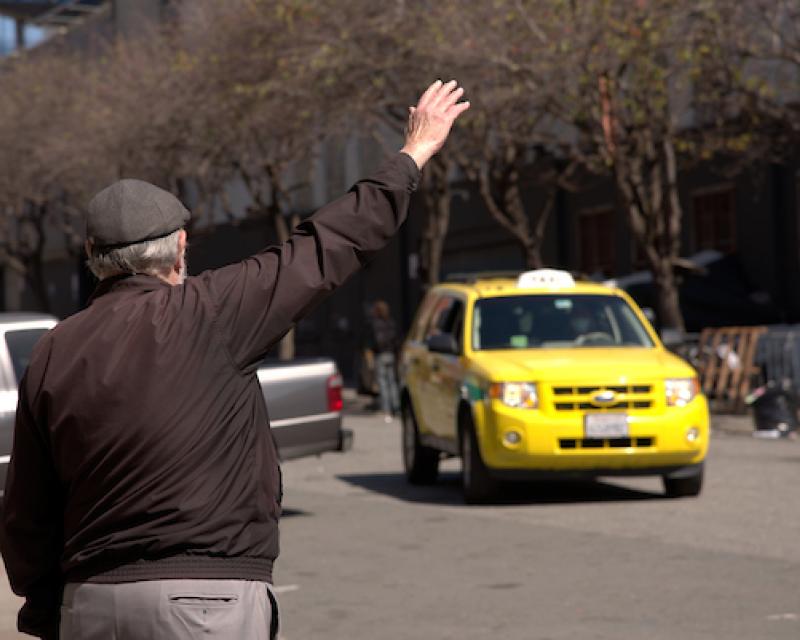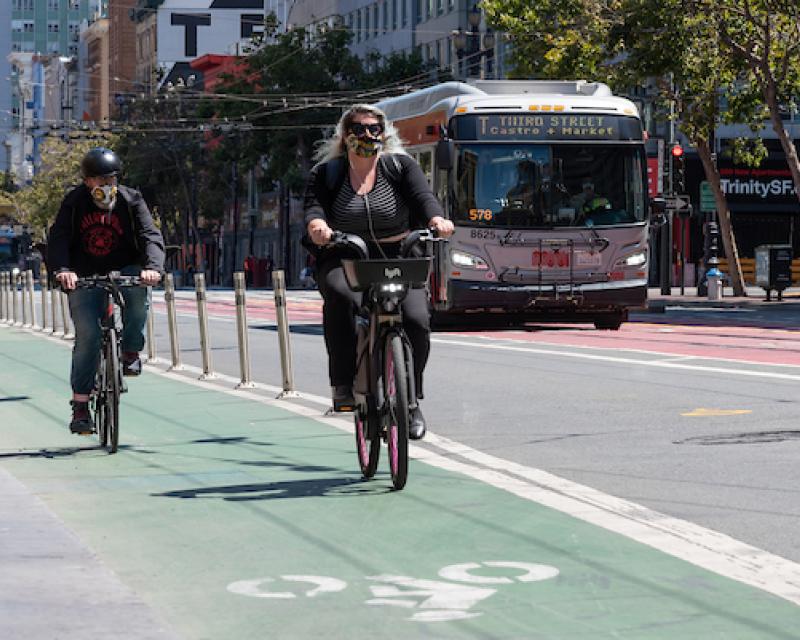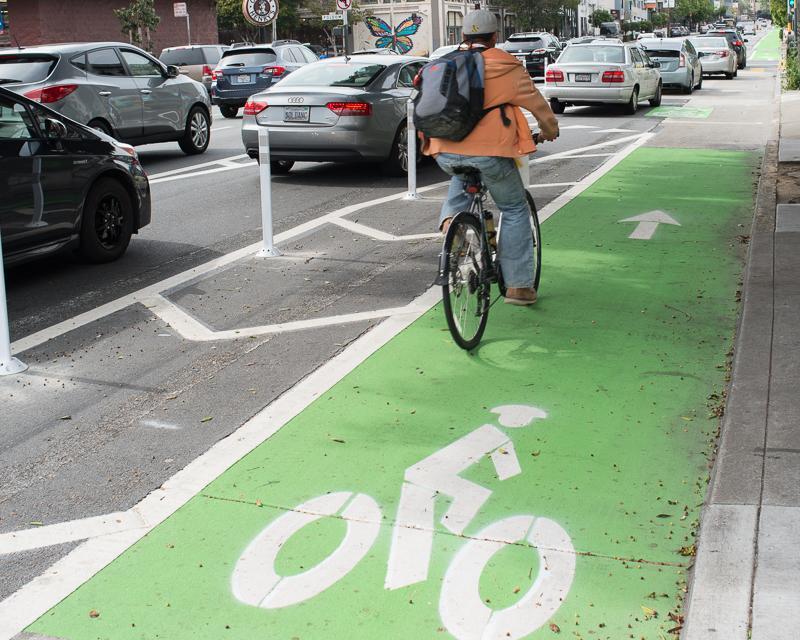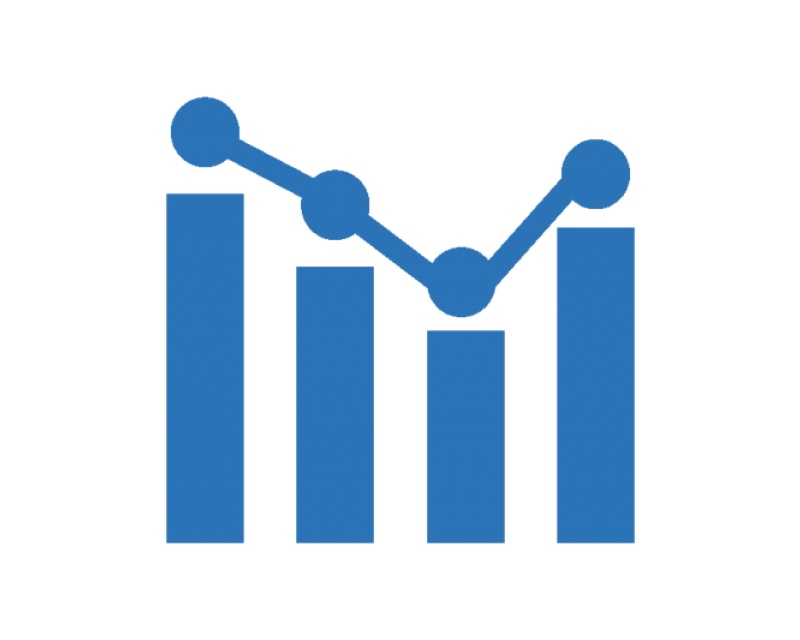Tracking Progress on our Recovery
As we gradually emerge from shelter-in-place and economic activity resumes, San Francisco is purposefully rebuilding our transportation system to facilitate a resilient recovery. The SFMTA Transportation Recovery Plan (TRP) is guided by evolving public health orders and health recommendations made by experts at the San Francisco Department of Public Health and supports the resumption of economic activities. The TRP includes solutions to meet transportation needs driven by the health crisis and works to address longstanding challenges. In short, the SFMTA wants transportation to return better than before.
Due to the changing nature of this pandemic, the TRP is nimble and aligns with easily trackable metrics and indicators. Evaluation of the TRP as a whole relies on existing data and the evaluation plans for the individual strategies, programs and projects that make up the TRP. As more data becomes available, these dashboards will be a vital tool in informing changes we need to make in our public health mitigation measures, addressing gaps and making adjustments within our TRP programs and informing future service changes.
The SFMTA recognizes inherited and enduring inequities that the COVID-19 crisis has exacerbated. Our goal is to work against these inequities and prioritize those who have been historically underserved. The SFMTA will evaluate equity outcomes at each level of the TRP, including increasing overall mobility of historically marginalized communities, ensuring equitable distribution of mobility benefits, and prioritizing tailored interventions that are responsive to the unique needs of marginalized communities.
Below we describe the metrics and key indicators associated with each TRP objective.
